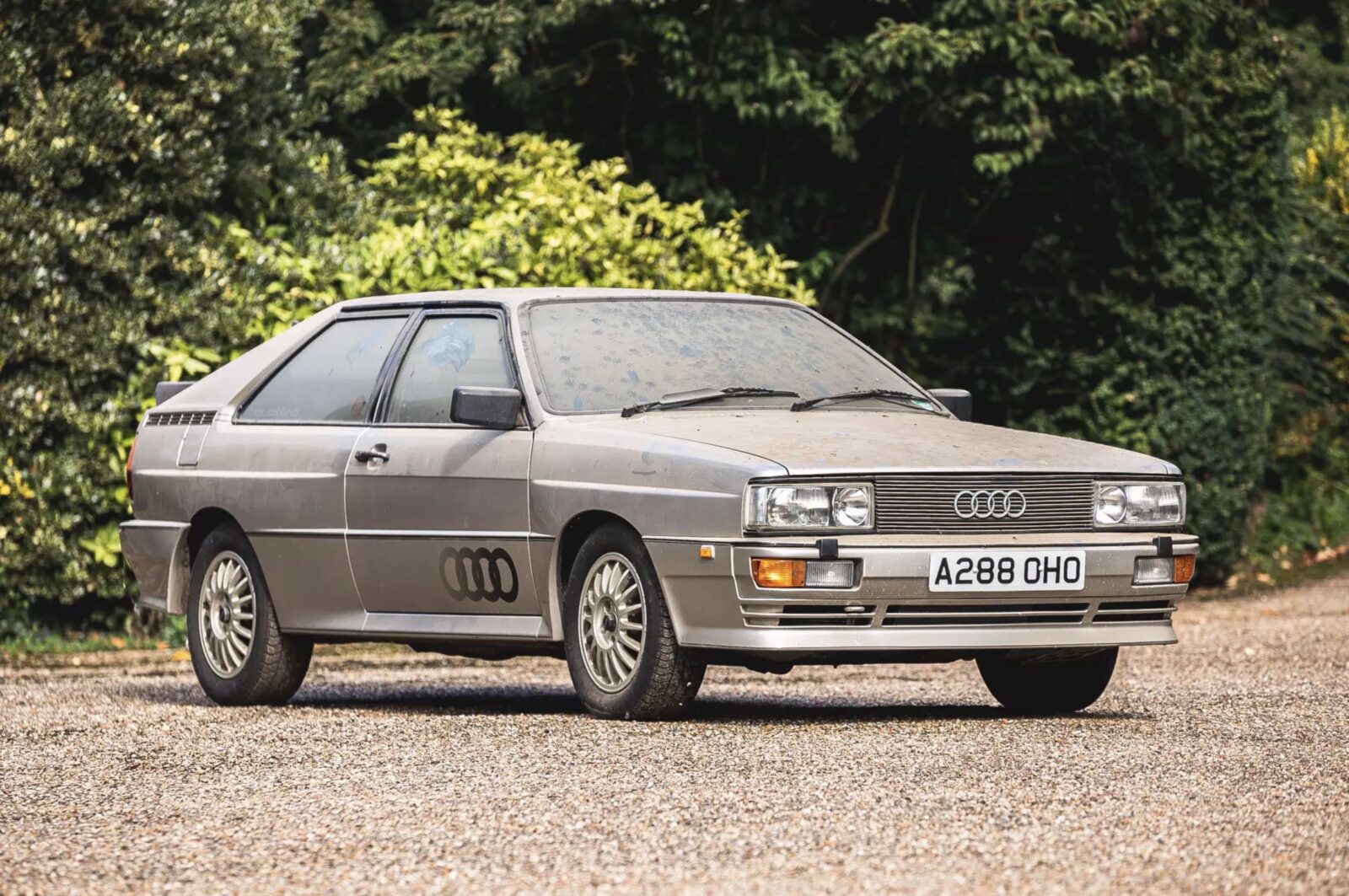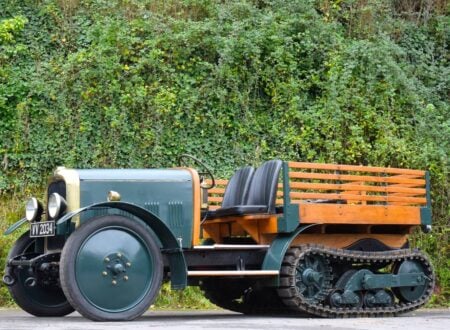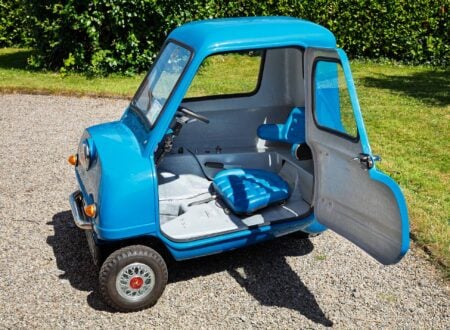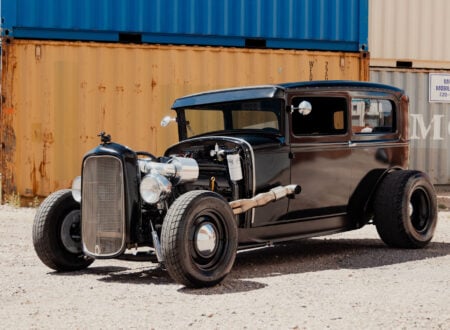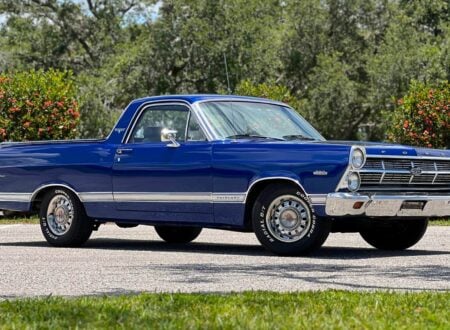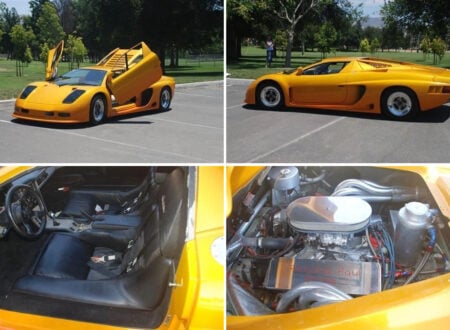This is an original Audi Quattro WR from 1984 that was recently uncovered in a barn on a farm in England, where it has remained tucked away for 39 years.
The Quattro WR is the first series of the first production version of the Audi Quattro, now considered one of the most influential cars of the late 20th century and possibly the most influential rally car of all time – it’s the car that made all-wheel drive a mandatory feature of all World Rally Championship cars in the years to follow.
Fast Facts – The Audi Quattro WR
- The idea for the Audi Quattro originated in the late 1970s when Audi engineer Jörg Bensinger noted the impressive performance of a four-wheel drive Volkswagen Iltis (a military vehicle) on snow. Inspired by this, he proposed the development of an AWD system for passenger cars.
- The Audi Quattro was officially unveiled at the Geneva Motor Show in 1980. Its combination of a turbocharged inline-5 cylinder engine with its all-wheel-drive system proved popular despite the high price, though at this time no one knew just how successful it would become.
- The Quattro would fundamentally revolutionize the world of rallying. By the end of the 1980s all-wheel-drive would be a necessity for all cars that wished to compete, the the World Rally Championship (WRC) hasn’t been won by a two-wheel-drive car since.
- While production of the original Quattro ended in 1991, its influence persisted. The Quattro system became an integral part of Audi’s brand identity, leading to the development of a wide range of AWD models under the “quattro” name.
The Importance Of Jörg Bensinger
Truth be told, there likely would never have been an Audi Quattro if it weren’t for an Audi chassis engineer named Jörg Bensinger. Bensinger had been testing cars in Finland to gauge their ability to traverse snowy, slippery roads and quickly realized that the Volkswagen Iltis, a military 4×4, was untouchable by any other 2×4 car.


He contacted Ferdinand Piech, Audi’s Director of Technical Development, and relayed the results of their testing. After this he made a critically important request – he asked if he could develop an Audi 80 variant with an all-wheel-drive system.
Fortunately for Audi, Piech had the presence of mind to agree to the project. Bensinger would work side-by-side with Walther Treser, Audi’s Director of Pre-Development. The car they developed didn’t look like much from the outside, it was a small red two-door Audi 80 that they code named “A1” – standing for “Allrad 1” or “Allroad 1.”
It wasn’t until you looked underneath this car that you would realize just how different it was to the regular production version of the Audi 80. The final version of the prototype would use a unique triple differential system to transmit power to all four wheels, without the need of a bulky central transfer case as you would typically find on a four-wheel drive.
Testing of the “A1” Audi 80 developed by Bensinger and Treser revealed that it was vastly better than any two-wheel drive vehicle in snow, rain, and other conditions, in fact it was better than them even when the road wasn’t slippery at all.
Audi developed a production version of this all-wheel drive system, naming it Quattro after the Italian word for “four.” Enthusiasts have pre-fixed a “Ur” onto the front of the original Quattro name now, it’s (Ur is German for “primordial” or “original”) and it helps distinguish the first Quattro cars from all those that would follow.
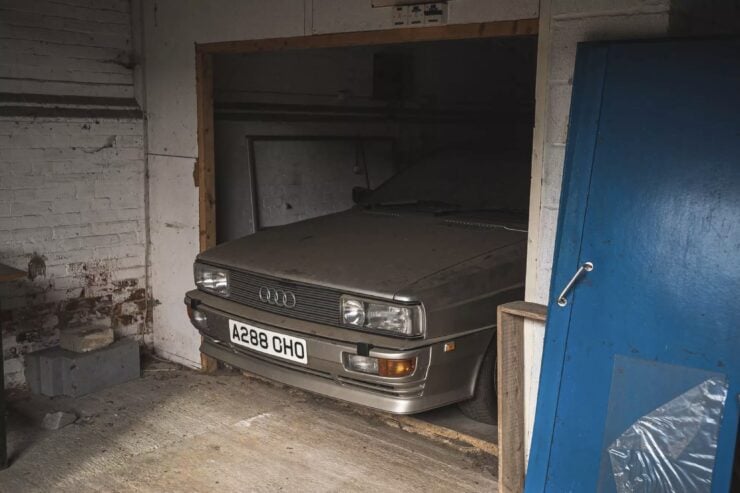

Bensinger’s idea for an all-wheel-drive passenger car would go on to permanently change the future direction of Audi, it also resulted in Audi becoming a dominant force in the World Rally Championship (WRC). Finally, it meant that by the mid-1980s all-wheel-drive would become essential for any car that wanted to win – no non-AWD car has claimed the Championship since the mid-1980s.
Jörg Bensinger is now happily retired from Audi, he’s an avid glider pilot along with his wife, and they regularly fly out of the Vaumeilh airfield in southern Germany.
The 1984 Audi Quattro WR Shown Here
The car you see here is an original 1984 Audi Quattro WR – that “WR” suffix just means it’s a member of the very first series of Quattros, so it’s a Ur-Quattro WR.
The first generation of production Quattros is often separated into three key groups based on their different engines. The first is the WR, with the 2,144cc 5-cylinder 10-valve engine. Next came the MB with the 2,226cc version of the same engine, and finally there was the RR which had an upgraded 20-valve version of the engine.
This car was bought brand new in 1984 by a local farmer, from Testwood Motors of Southampton in southern England. It was specified in Zermatt Silver with a Brazil cloth interior and it was fitted from new with a sunroof and a Blaupunkt Atlanta radio/cassette player.
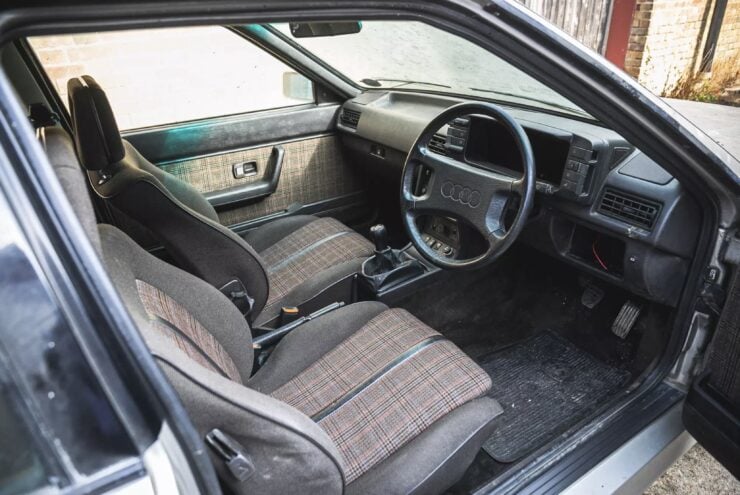

The vehicle was subsequently passed along to the first owner’s son, who decided to carefully store the car away to preserve it – in room in a barn on the farm. The car would remain shut away from the world for decades until it was recently uncovered and rolled out into the sun – complete with numerous cat footprints in the dust across the windscreen and roof.
It’s now being offered for sale in overwhelmingly original and unrestored condition throughout with three keys, and the history file containing numerous MOTs, invoices, drivers manuals etc. The price guide is £20,000 – £25,000 which works out to approximately $24,000 – $30,000 USD.
If you’d like to read more about it or register to bid you can visit the listing on Iconic Auctioneers here. The auction is scheduled for the 11th of November and it will take place in Birmingham, England.

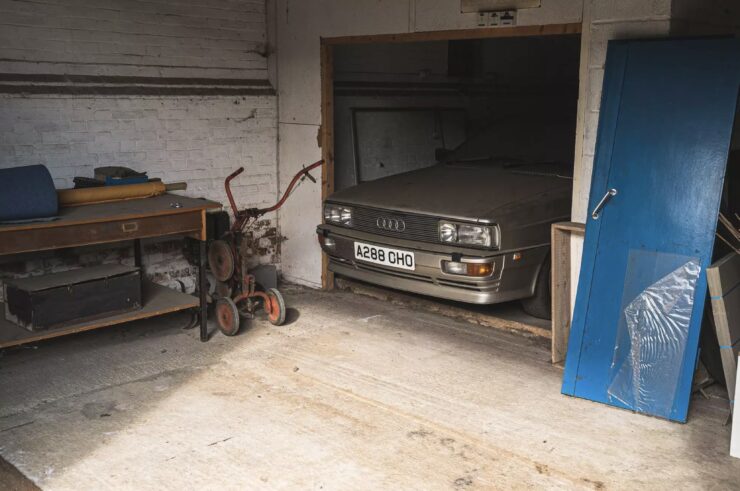
Images courtesy of Iconic Auctioneers

